Let’s be honest for a minute – first drafts are always pathetic.
And, that is because they are supposed to be pathetic. The real work starts when you finish the initial draft and start the editing process. For some writers, editing just means skimming through their article for grammar errors. That is ridiculously stupid.
If Writing is whisking eggs in a bowl then editing is putting those whisked eggs on a heated pan and making sure its all cooked perfectly.
To help you tighten your articles, I have put together some of the most useful editing tips. And trust me when I say this, they are all tried and tested.
Take a break and step back
Never, ever start editing your content right after you have written it. After you finish writing, take a break and go out. I like to finish all my writing work first and then set a specific time for editing.
Reduce fluffy words like – very, really, obviously and definitely
Sometimes, we just want to use extra words to explain the situation because we think those words can give extra emphasis. But the fact is, in most of the cases, they don’t. Whenever you use extra words like this, go over and read the sentence again. Delete the fluffy words when you know in your heart they are not making a difference.
Delete all the unnecessary “that”
I have seen this with a lot of writers that they use a “that” as their safety net. Whenever they feel there is something wrong with a sentence, they add a “that” just to be on the safe side. After all, you cannot go wrong with “that”, right? Wrong.
It makes your sentence look lose and amateurish.
All bullet points should be in the same verb form
Bullet points are very commonly used in web copy to make things easier to read but I have seen writers use different forms of verb in the same set of bullet points.
You are supposed to write all the bullet points in the same verb form. And while we are at this topic, never use a full stop at the end of a bullet point unless it’s a complete sentence.
Get your commas right
There are a lot of words in the English language that require commas. There are also clauses that require commas. Basically, don’t go with your gut when it comes to commas. Here is a very extensive article explaining when and when not to use commas.
Avoid being redundant
Just because you don’t have anything new to say and you still have a word limit to finish doesn’t mean you can state the same thing over and over again. Your readers aren’t stupid and neither is your editor. Research more and make your article sharper.
Replace “In order to” with “To”
Simple and yet effective. You can thank me later.
Don’t get repetitive
Its human tendency to get one word stuck in the head. I was doing a fashion piece about New York Fashion Week once and I ended up using the word “stylish” 11 times. The funny part? I didn’t even realize it until I ran a search for that word.
Stick to the topic
Are you exactly addressing your topic or are you just dancing around it? If I am doing an article about New York Fashion Week then I am not going to write an introduction about how the Fashion Week started in the first place, I am just going to write about the current trends.

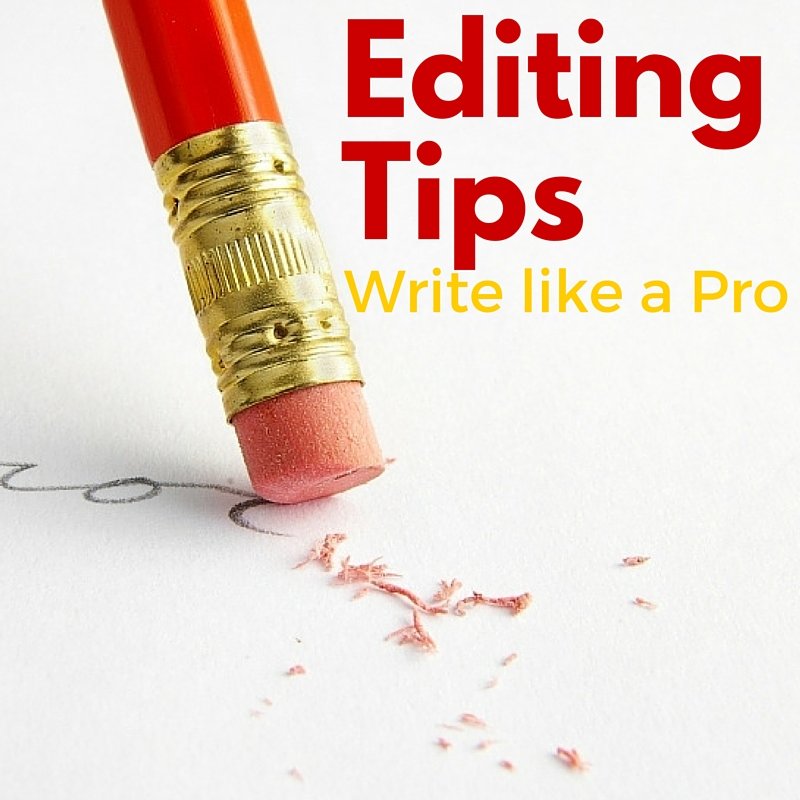

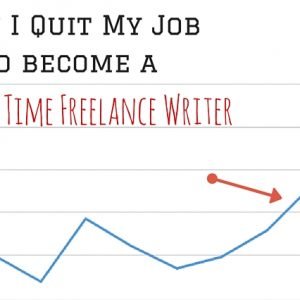
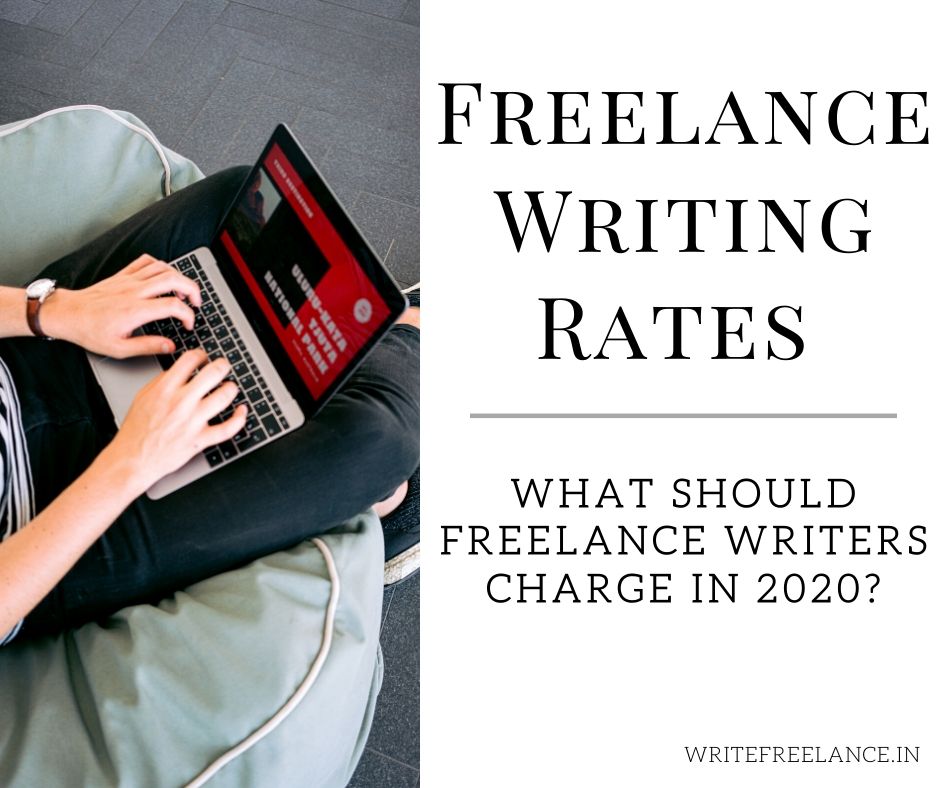
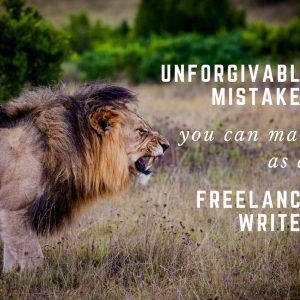
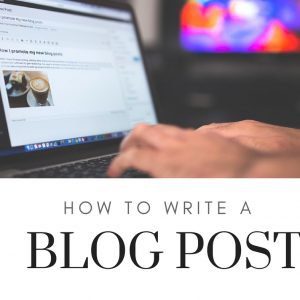

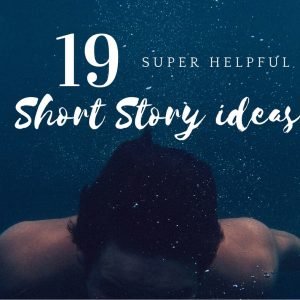


2 thoughts on “9 Editing Tips to help you Write like a Pro”
A very good post with relevant tips!
Thanks a lot Rajeev !